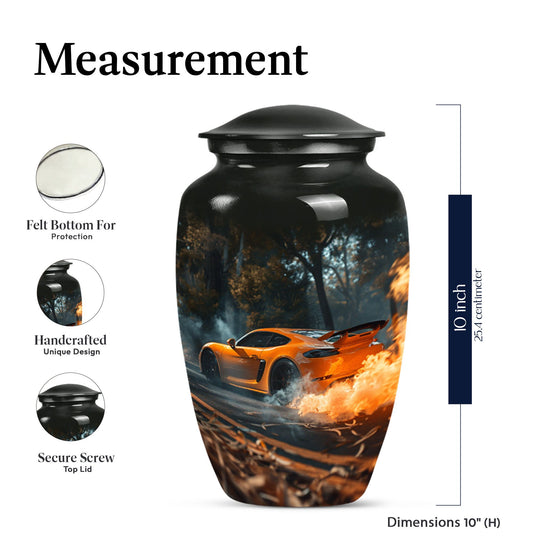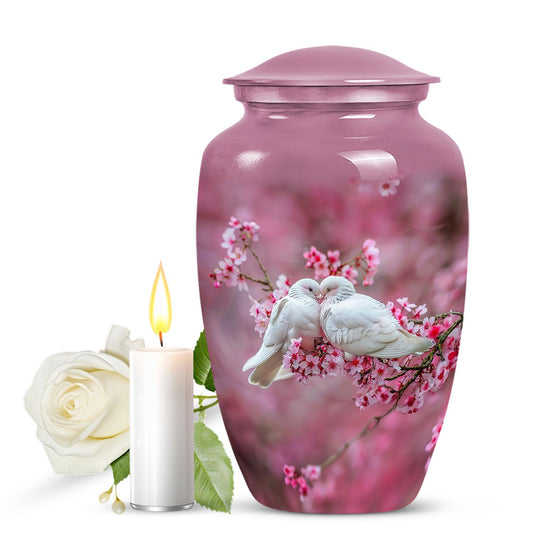Popular Urns
Dispersing Ashes In A Lawful Manner

Ash dispersal has now become a meaningful thing to do in the memory of loved ones. Many have found peace in returning ash to nature, especially wildlife sanctuaries or state parks. However, such acts are subject to various rules and regulations in the United States. These laws serve to protect nature, to ensure public safety, and to maintain the beauty of these protected areas. Knowing and understanding these rules prevents any mishaps and respects the environment.

Different rules within the United States govern the scattering of ashes on public land. For instance, if the land is federally managed, then there are rules for it, while the state manages its own lands with its set of rules.
For instance, national parks and wildlife refuges are administered by services like the National Park Service (NPS) and the U.S. Fish and Wildlife Service (USFWS). Usually, these services allow ash scattering, but they often require a special use permit to be acquired. The permits indicate that ashes must be at least 100 yards from trails, water sources, or busy areas. Such rules minimize the impact on the environment and other visitors.
State parks and wildlife sanctuaries have their rules too, which vary from state to state. Some states require a person to obtain permission from the park officials, but others may be able to scatter ashes without a permit, though still have some guidelines on where it should be done. Generally, a policy exists in such an endeavor that scatterings ought to be avoided close to public facilities, sensitive wildlife habitats, and water courses. Very prudent practice is to request well before-hand for explicit permission of the concerned park or sanctuary.

A significant environmental protection concern will exist. Ashes may look clean, safe, and bacteria-free because of cremation; however, it has minerals that, if kept concentrated in one location, would definitely alter the balance of nature. Therefore, most recommendations suggest dispersing ashes extensively and uniformly rather than keeping them in a pile or burying them.
Other sensitive areas comprise wetlands or habitats for endangered species, which would be fully restricted to maintain the plants and animals that live there.

There are also cultural and ethical reasons behind these restrictions. Many wildlife sanctuaries and state parks, not only being natural places, represent deep spiritual places for indigenous groups of people. Spreading the ashes within those places without knowing their meaning could be considered insulting. Consult park staff as well as seek advice from the local Indigenous groups for doing activities consistent with cultural and spiritual values of that area.
It is in the best interest of the memorial, nature, and the law to follow the right procedures. Knowing the rules, obtaining any necessary permissions, and scattering ashes responsibly all help protect these special places. In doing so, you not only create a meaningful tribute but also preserve the beauty and sanctity of these natural spaces for future generations.


























































































